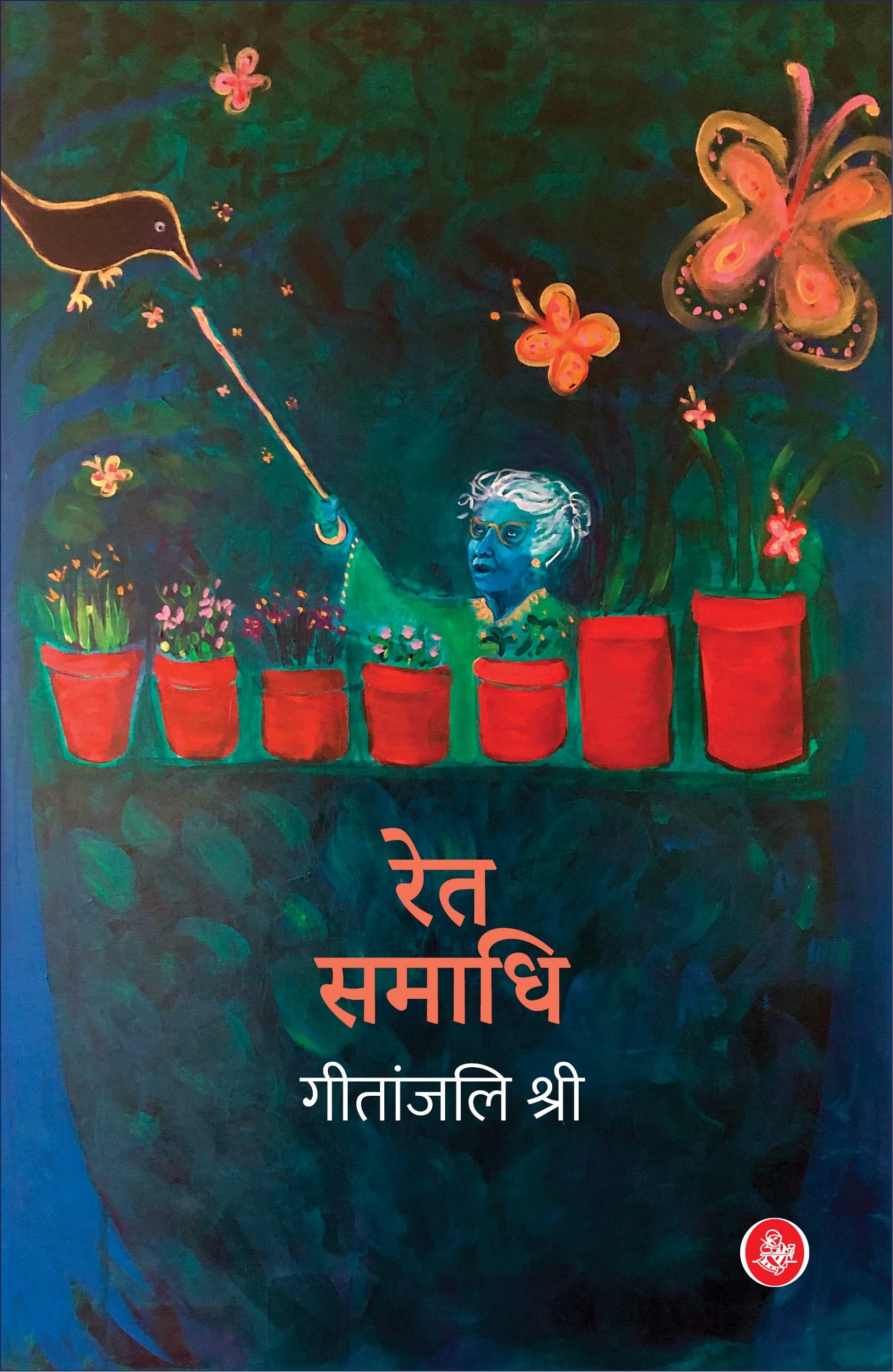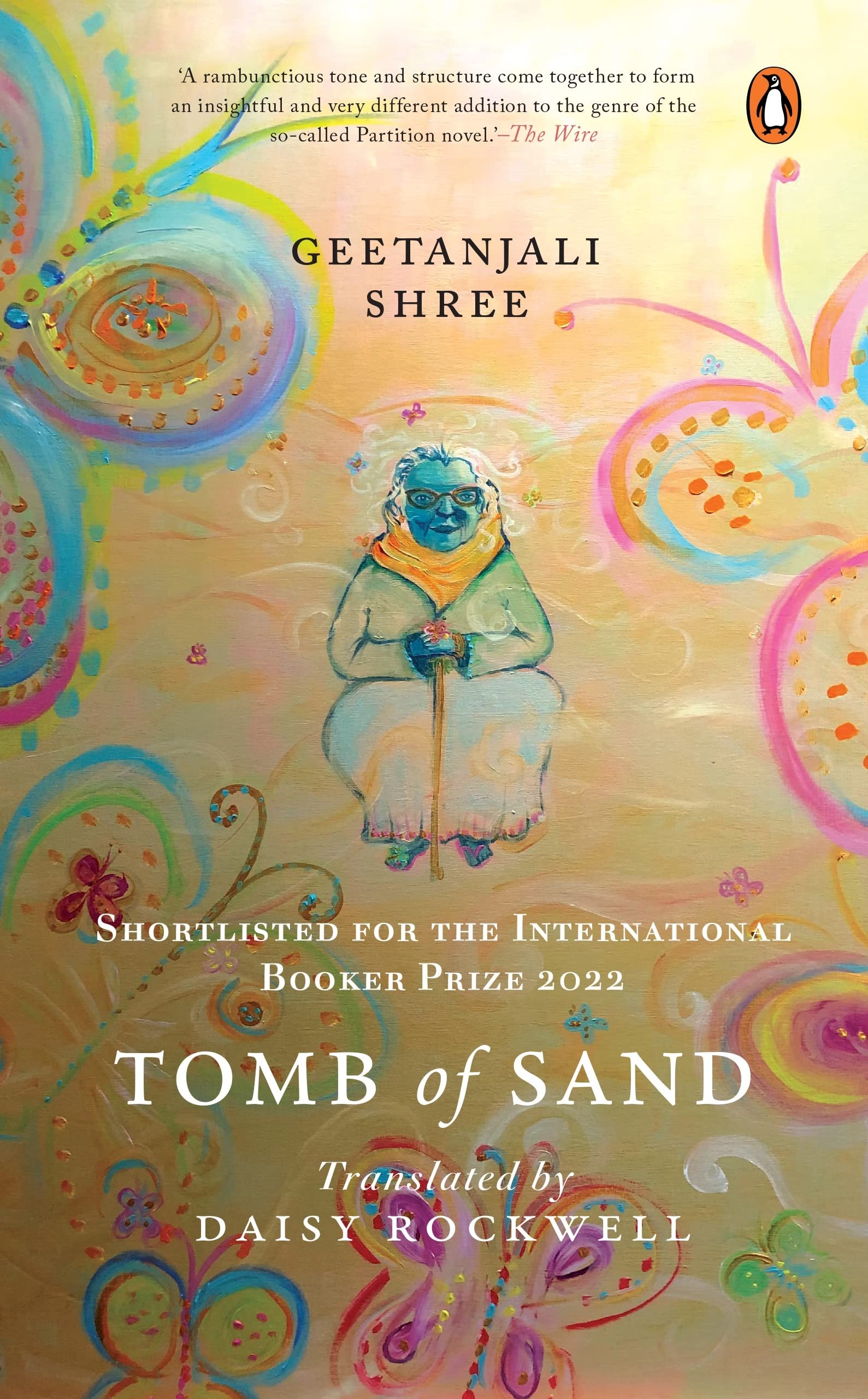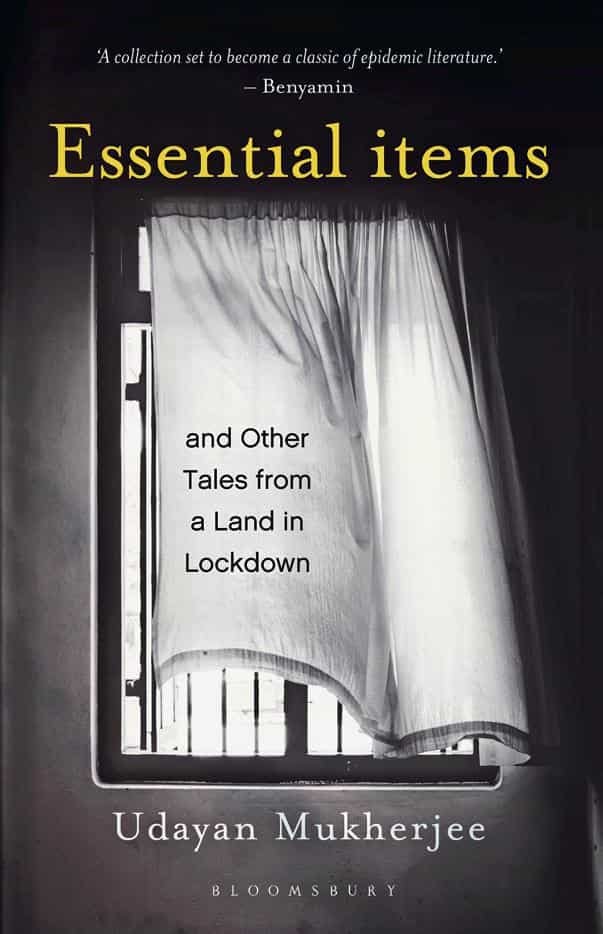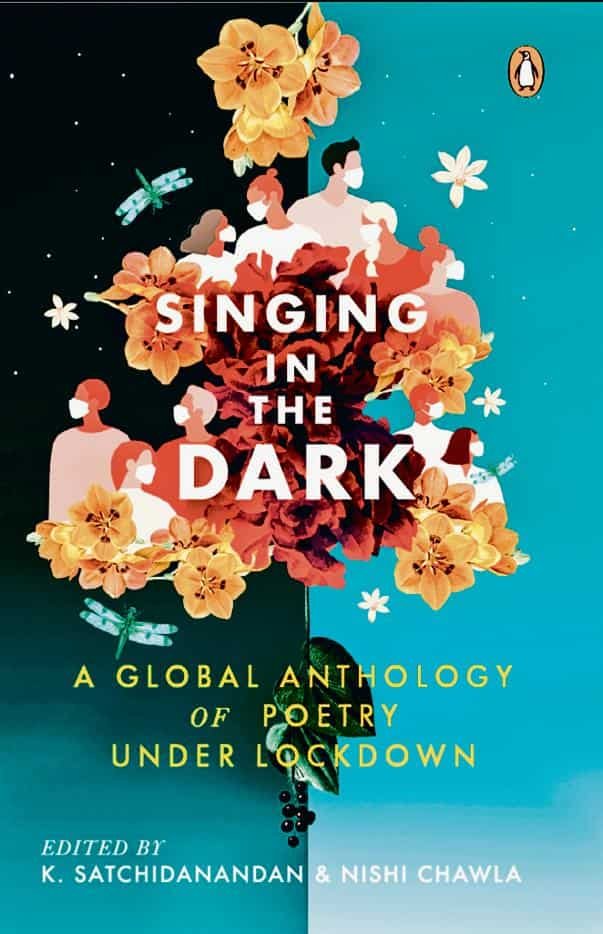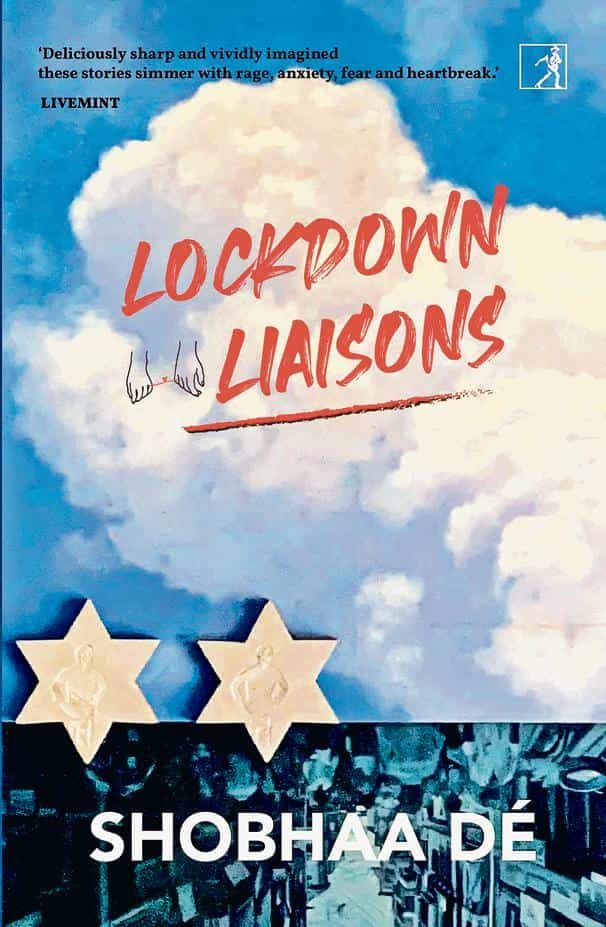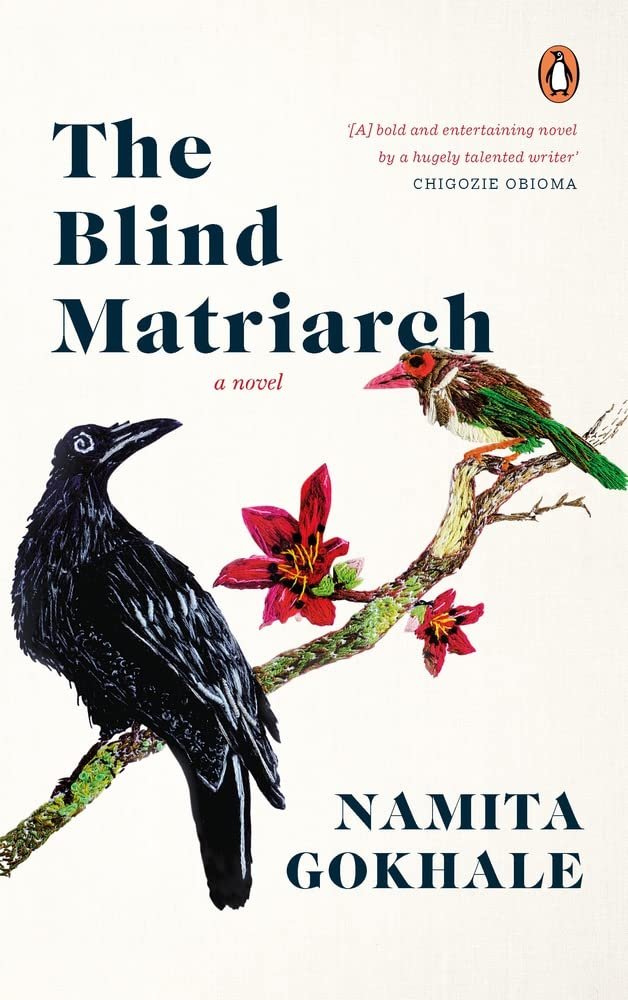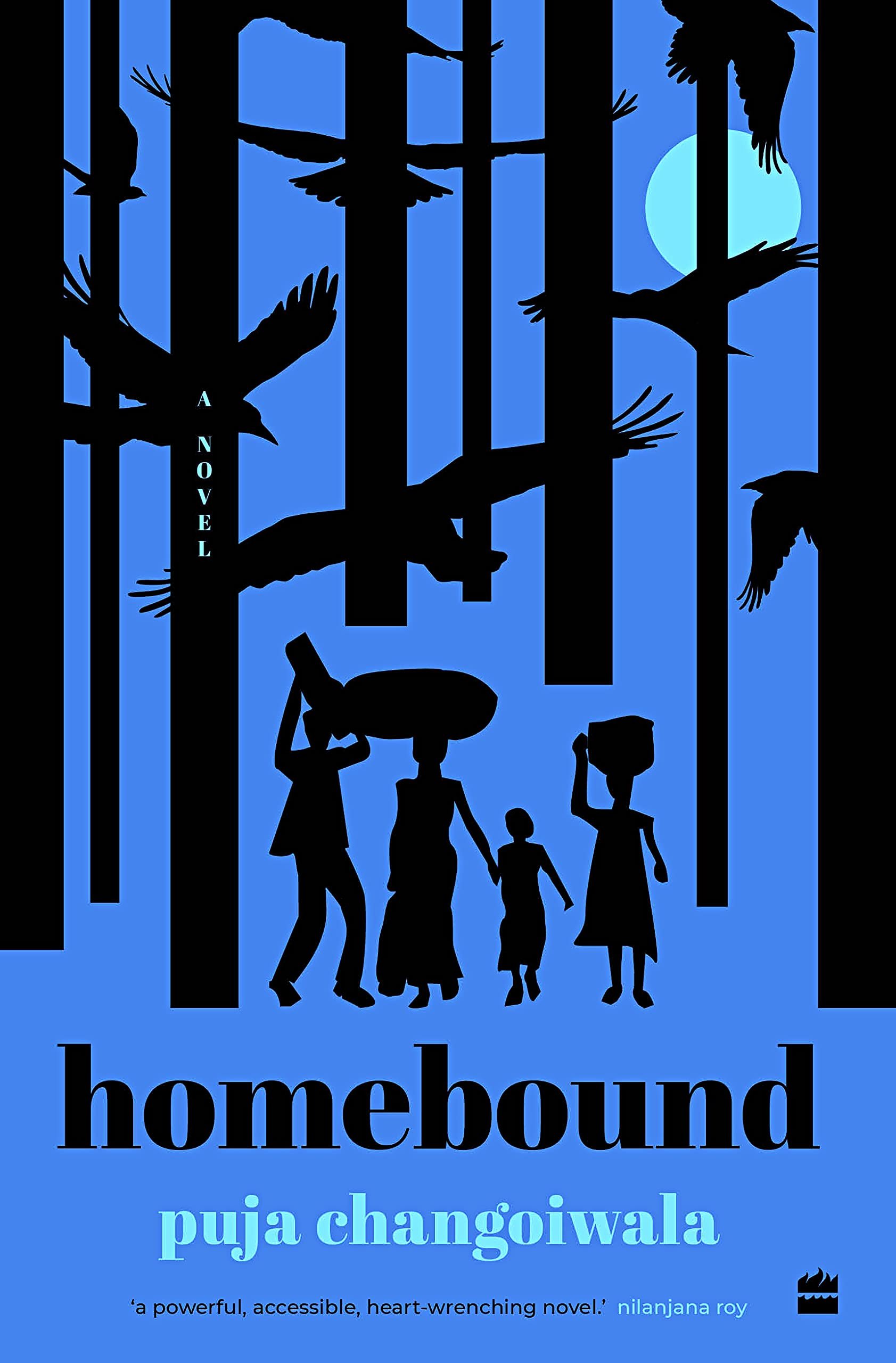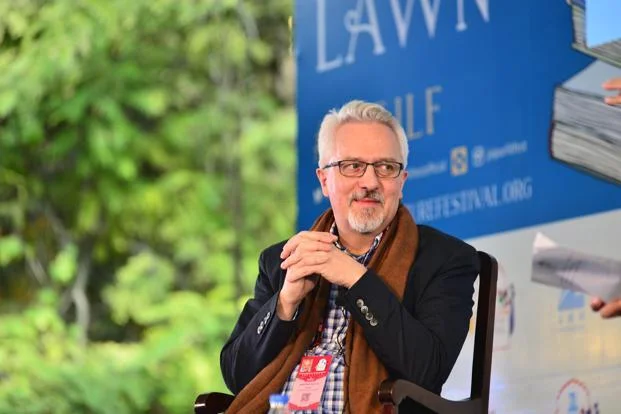Wordless books, a specialised segment within picture books for children, are being seen as aids to visual literacy, not held back by language barriers
A page from Dugga by Rajiv Eipe (Pratham Books)
For many of us, large-leafed picture books have been the first steps to reading. As words grow into sentences and paragraphs, illustrations are edged out. But there’s a lot happening in the space of picture books, particularly in the wordless books that bypass the traditional writer-illustrator collaboration and tell stories only through illustrations.
In just the last few months, children’s book publisher Pratham Books has published two standout wordless books. Pankaj Saikia’s The Theatre Of Ghosts is set in Majuli, Assam, and follows young Jhunali and Rimjhim as they head for a traditional Bhaona drama. The other is Rajiv Eipe’s Dugga, which follows the (un)remarkable life of a stray dog that meets with an accident and is nurtured back to health.
“Overall, we are seeing many more (wordless books) since 2017,” says Bijal Vachharajani, commissioning editor at Pratham Books. She is currently working with animator Aithihya Ashok Kumar and multi-media artist Labonie Roy on a few such books. Other children’s publishers, like Tulika and Ektara, too are focusing on this niche segment.
A defining moment came in 2017, when Ammachi’s Glasses by illustrator Priya Kuriyan, published by Tulika, was shortlisted for the Children’s Book of the Year award announced by Publishing Next. The shortlist for the story about a pudgy grandmother who wakes up in the morning and is unable to find her glasses was a feat: A book from a niche segment surpassed titles that adhered to a more mainstream understanding of what children’s books ought to be.
“The world over, (people still wonder) why (these types of picture books) have no text, and what children will get out of this,” says Canato Jimo, an illustrator and art director at Pratham Books. “But it’s now becoming a popular, visual and artistic form of storytelling.”
For starters, wordless books are finding favour in a world marked by geographical mobility and multilingual families. Now the same book can be “read” to a child by grandparents who speak different languages, or by a nanny who may be literate only in an entirely different tongue. With such books, “bhasha ka koi bandhan nahi hai; words se mukti hai (language is no longer a barrier),” says Sushil Shukla, Hindi poet, editor, and publisher of the Bhopal-based Ektara that publishes illustration-led picture books for children.
Each page of Ammachi’s Glasses, for example, is filled with detail and visual humour, drama and suspense: What will Ammachi do next as she stumbles along without her glasses? While the title might refer to Ammachi, the heroine could as well be Nani, Baa, Paati or Bamma.
Kuriyan notes that “the interaction between parent and child while ‘reading’ a wordless book (is) very different” from that of a text-led one. In the latter, the parent is just reading the author’s words. In the former, the parent is asking the child what they see, and the child narrates the story.
A page from Pankaj Saikia's Theatre of Ghosts. (Pratham Books)
In the late 1980s and early 1990s, the National Book Trust had published a few memorable wordless books— Debashish Deb’s The Story Of A Mango and Pulak Biswas’ Busy Ants, for example, are now into their 10th editions. Kuriyan recalls Manjula Padmanabhan’s A Visit To The City Market. “This one stands out because (it was about) lived reality. (Others were) just animal and folk stories,” says the Lounge contributor who is known for works like The Poop Book and Around the World With A Chilli. Each page in Padmanabhan’s 15-pager is filled with details that depict the India of a specific few decades.
“The same story…is looked at from different angles, aiding cognitive development,” says Aarti Bakshi, a developmental psychologist and SEL (social, emotional learning) consultant at SAAR Education, a Mumbai-headquartered consortium that offers educational resources for children in the 3-14 age group. This introduces the child to differing world views, building empathy. Also, “the expectation of art and literature is that they open themselves up for various interpretations and wordless (spaces) are nice ways to bring back the emphasis on that,” adds Shukla.
Bakshi notes that illustrators currently place an emphasis on “factual detail (in their work)…developing (children’s) ability to correlate”. They “may play around with colours but (they don’t compromise) on the exactness,” she adds.
Eipe does just this with Dugga—colour drives emotion and plot as sepia-toned, dusty streets give way to grey, grim hospital scenes, with brighter shades seeping back in only when Dugga the dog starts healing. The panels in Dugga have a rich, graphic novel sensibility. Eipe encourages visual literacy in his audience, ensuring wordless books can cater to larger demographic bands and become early introductions to art appreciation.
“At Pratham, there is a focus on visual literacy,” says Jimo. “(Sometimes) we have done away with (text) since it felt…redundant,” he adds. This happens when an illustrator has a “very strong visual and narrative sense”.
“For many years, illustrations were only looked at as decorative elements,” says Shukla. With wordless books, however, illustrators are no longer playing second fiddle to writers. They are finally being recognised as specialised storytellers in their own right.
This was first published in Mint/Mint Lounge on 26 September, 2022.




